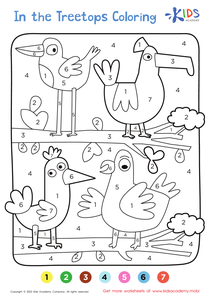Fine motor skills (drawing) Grade 1 Worksheets
4 filtered results
-
From - To
Our Grade 1 Fine Motor Skills Drawing Worksheets are designed to engage young learners in developing essential hand-eye coordination and precision. These worksheets utilize fun, themed activities to encourage mastery of drawing, tracing, and coloring, which are critical for handwriting improvement and overall academic success. By practicing these fine motor skills, first graders gain the dexterity and control they need for better fluency in writing and drawing detailed illustrations. Ideal for classroom or home use, our printable worksheets support the growth of key skills in a fun and interactive way, laying a strong foundation for future learning.


2D and 3D Shapes Worksheet


Twin Shapes Dot-to-Dot Worksheet


Five Little Monkeys and Me Worksheet


Stars and Constellations Worksheet
Fine motor skills, crucial for small muscle movements, are an essential focus for parents and teachers of first graders due to their significant role in a child's overall development. Fine motor skills involve the coordination of small muscles in actions such as drawing, writing, and cutting with scissors, which are foundational for academic success and daily tasks.
Firstly, proficiency in drawing and writing prepares children for future learning and more complex tasks, like holding pencils correctly and forming legible letters. Early mastery of these skills results in greater confidence in classroom activities, aiding in their seamless transition through various educational stages.
Moreover, refining fine motor skills enhances children's self-esteem. Completing tasks independently, from buttoning their coats to making art, empowers them and fosters a sense of achievement. Children with well-developed fine motor skills tend to have better concentration and attention to detail, attributes that last a lifetime.
Additionally, engaging in activities like drawing stimulates children’s creativity and visual-spatial reasoning, important for problem-solving and critical thinking. Teachers and parents who emphasize nurturing these skills from a young age are setting a foundational groundwork for future academic endeavors, emotional health, and practical competence, making it a critical aspect of early childhood education.

 Assign to My Students
Assign to My Students
















